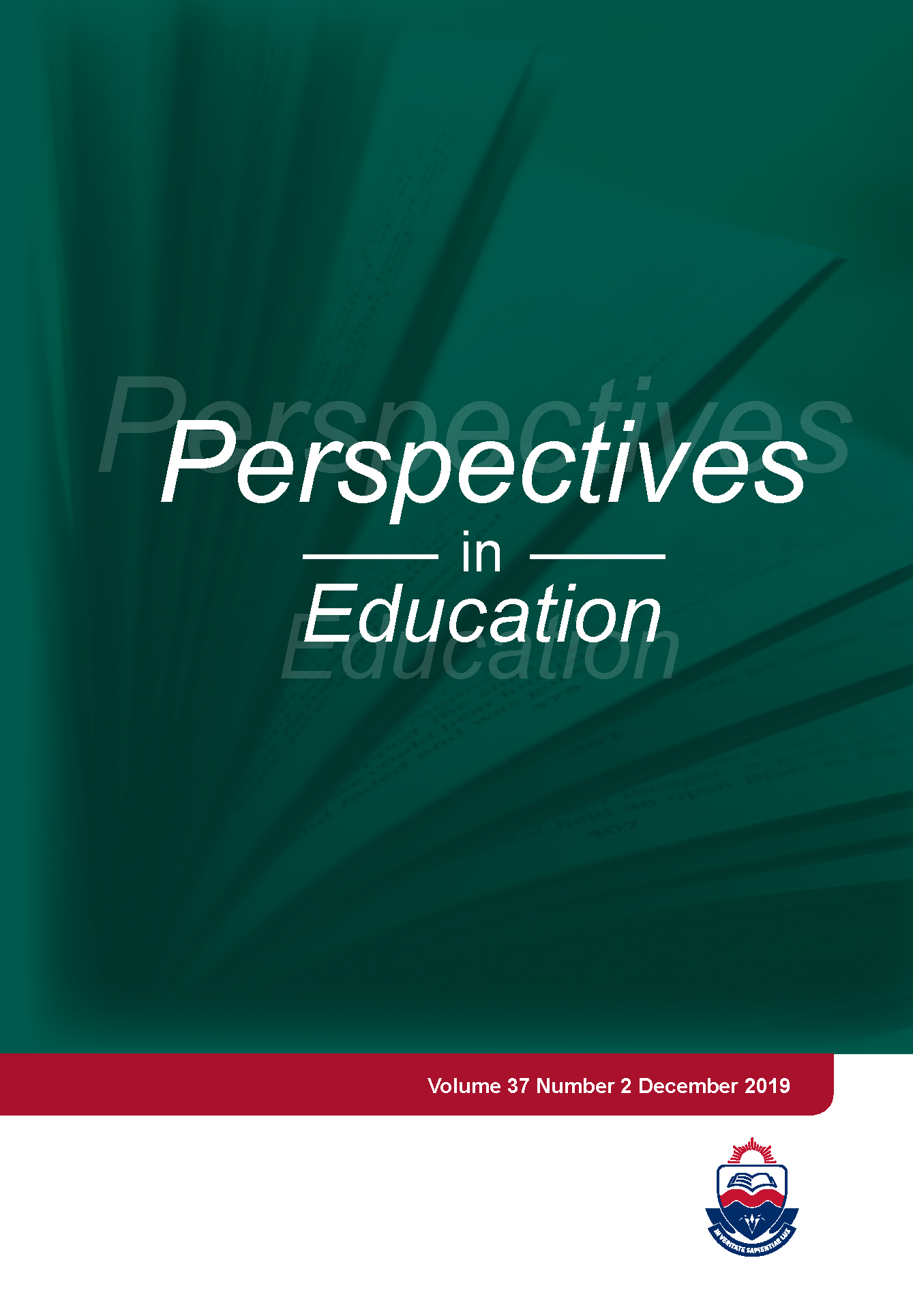An investigation of how 7th grade and 8th grade students manipulate mathematical writing elements
DOI:
https://doi.org/10.38140/pie.v37i2.4034Keywords:
Mathematical writing, Adolescents, Writing elements, Context, FormAbstract
All mathematics is comprised of three elements: symbols, nominalizations, and images, and the combination of these three elements determine the mathematical meaning. However, adolescents may not be aware of these three elements. When asked to describe mathematical language, they will often name equations and images, two of the three elements. Over the course of six months, 1,276 mathematical writing samples were gathered from 7th and 8th grade students. The research question of this study is: What mathematical writing elements are 7th and 8th students using in their mathematics classes? This paper describes a preliminary analysis of a larger data set of adolescent mathematical writing. Preliminary analysis focused on 7th grade and 8th grade students’ uses of mathematical writing elements during their routine instruction, and the data showed that these students used the mathematical element that was asked of them by their teacher. These kinds of responses showed that students employed audience theory, Audience theory is when the writer is cognizant of his/her reader and will adapt the written work to that specific reader. In this case, the students mathematically wrote in a way that was expected by the teacher. When the teachers gave mathematical problems within a specific framework or graphic organizer, students complied with that format, using the appropriate mathematical element. Both groups followed the directives of their teachers, using the mathematical elements that were asked of them.





